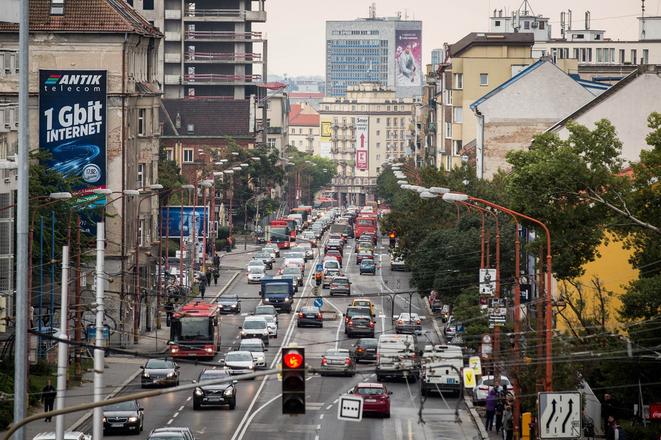In recent years, the climate in Bratislava has been resembling the climate in the Mediterranean, Australia and the US west coast more and more, making it unsuitable for oak, beech, birch or spruce, i.e. species typical for the Carpathians.
Some staple species of maple, chestnut that did not have problems a few years ago, are now unable to take root. Not even linden is doing well. The national symbol is more likely to survive in larger parks, where there is more moisture and room for roots; on the street it would probably not survive to adulthood as a solitary tree.
The situation is similar to that in other European cities. As a result of climate change, drought, lack of space for roots, as well as air pollutants and salinisation, cities have become a hostile environment for some tree species.
Thus, green ash, European nettle tree, sophora, Honey Locust, and hickory are beginning to line the streets and parks of Bratislava.
"When we say that we have to change the species composition, many citizens are horrified and think we plan to plant palms and figs," says Peter Bali from the municipality's Greenery Creation and Maintenance department. "We're not. The new trees look like ours, but they can withstand drought better."
Municipalities are looking for options in species typical for southern latitudes. "Olive trees and species from South America have begun to thrive here," says Karol Mičieta from the Department of Botany at the Faculty of Natural Sciences of Comenius University.
Talking to the Czech Český Rozhlas radio station, Alexandra Koutná, the urban greenery manager in the city of Brno, says that cities will no longer be able to grow mature trees like those that have been growing in them since the 19th century. According to her, adult trees therefore deserve the greatest attention and protection.
People who manage greenery in Bratislava agree with their Brno colleague. The former also supports the planting of native trees, especially outside developed areas, because planting them in the city would be unsustainable.
Somewhere between desert and steppe
According to the arborist Tomáš Fraňo, the usually planted trees have stopped thriving over the last 20 years. "Birch, once common in the city, is now doing well near streams in the Low Tatras mountain range," he says. The same happened to sycamore.
Fraňo says that Šancová Street, a concrete jungle in his opinion, makes life the most difficult for trees. The heat and little space for roots solely do not pose a problem for manna ash, a species that originally grew on the thresholds of deserts and steppes.


 Štefánikova Street in the direction of the Račianske Mýto locality. (source: SME - Jozef Jakubčo)
Štefánikova Street in the direction of the Račianske Mýto locality. (source: SME - Jozef Jakubčo)